
More than 40 companies have been recorded distributing nicotine-containing products to minors.

More than 40 companies have been recorded distributing nicotine-containing products to minors.

Poor medication adherence leads to $100 billion in healthcare expenditures annually.
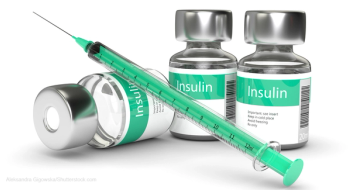
Eli Lilly creates generic Humalog priced 50% lower

A Canadian-based online pharmacy has been reissuing U.S. employee prescriptions from physicians and pharmaices in Canada, the United Kingdom, and Britain.

As sunscreens have evolved, new safety considerations are warranted.
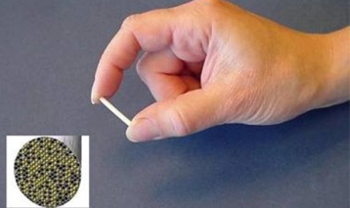
Restricted implants indicated for maintenance of opioid dependency.

Increasing death tolls have prompted significant initiatives from governmental agencies.

Note the physiological signs of stress and consider necessary changes.

As drug dispensing continues to drive revenue, pharmacies look to shed retail.

Higher-dose tofacitinib linked to greater risk of pulmonary embolism in RA patients.

State Senator Jeff Stone tackles PBM reform, reimbursement rates.

Professional associations, gratitude can keep you engaged, healthy

How HHS efforts to increase competition could hurt patients.

Pharmacists must cultivate a culture of safety, training to protect patients.
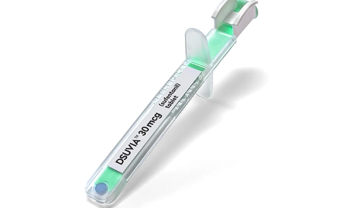
Sublingual form approved for short-term use.

The new device will increase real-time personalization and predictive diagnostics for patients.

The report by Magellan Rx Management indicates PMPM, site of service, and Medicaid prices continue to increase.

Pharmacies now may switch from accrual to cash accounting.
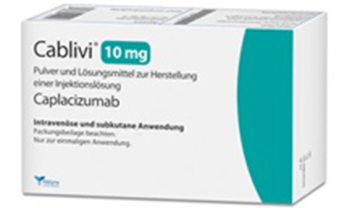
What you need to know about the von Willebrand factor (vWF)-directed antibody fragment.

What you need to know about the new botulinum toxin product.

DOACs are as good as warfarin in preventing atrial fibrillation complications.

Three cardiology groups now recommend using NOACs over warfarin in atrial fibrillation.
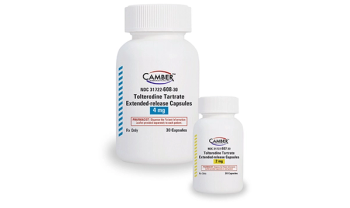

Using healthcare professionals to market products is not illegal, but has gained considerable scrutiny from authorities.

2018 U.S. drug prices, OTC/coprescribing increasing access to Naloxone, standardized opioid prescribing in children, and more.

E-cigarettes have reinvented tobacco consumption and reemphasized smoking's consequences.

Consider these services to improve your independent community pharmacy's return on investment.
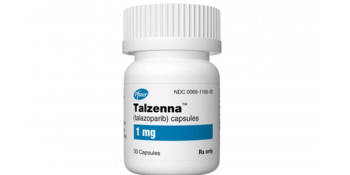

Advice from pharmacists whom have adopted new approaches in their practice.